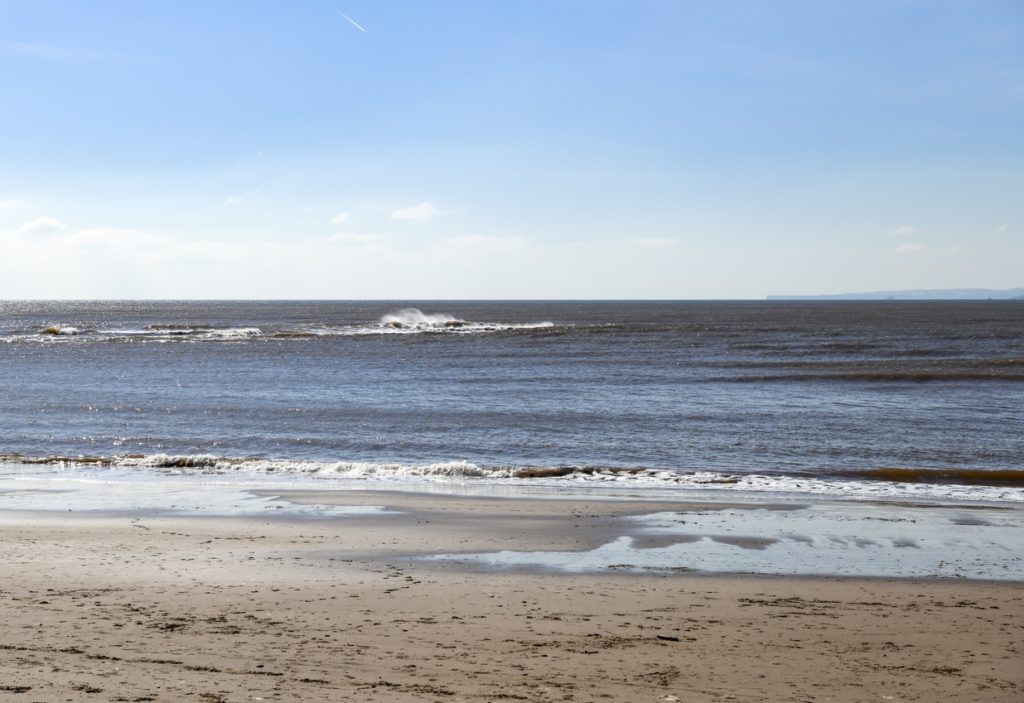
The legal status of beaches in this country is more complicated than you might think.
See our Q&A on rights of access to the foreshore in England and Wales.
1) What is the foreshore?
The foreshore is the area between the high and low water mark on the seashore.
2) Who owns the foreshore? Isn’t it the Queen?
It is true that the majority of the foreshore in England and Wales is owned by the Crown Estate, however some of the foreshore is now also owned by private landlords. The confusion may arise from the fact that the Crown Estate is the prima facie owner of all foreshore (and seabed) by virtue of prerogative right. This, in effect, means that the Crown Estate owns all of the foreshore unless it has in the past sold it or given it away.
3) Surely anybody has the right to access beaches?
This is true in many common law jurisdictions, including both Scotland and New Zealand (in both cases a common law right was later confirmed by statute) as well as parts of the United States.
However, this is not the case in England and Wales, where it is not clear that there is a common law right to access the foreshore for recreational purposes.
There is however a clear right to access the foreshore for fishing purposes, as there is a “public right of navigation and of fishing in the sea and rights ancillary to it”. Fishermen, therefore, have much broader rights to the foreshore than swimmers and sandcastle builders.*
4) So, are people trespassing when they go to the beach in England and Wales for recreational purposes?
Probably not, as in most cases the owner of the foreshore will permit access for recreational purposes.
For instance, the Crown Estate – which owns most of the beaches in England and Wales – permits broad rights of access to the foreshore, subject to certain conditions (eg. no commercial business).
Furthermore, many of the organisations who have acquired foreshore from the Crown, such as local authorities, organisations like the National Trust, English Heritage, or the Duchy of Cornwall, permit similar rights of access.
5) What about bathers on the foreshore not owned by such organisations, but privately-owned?
Here, the legal position is unclear.
The general principle that there is no common law right of access to the foreshore for recreational purposes comes from Blundell v Catterall, an 1821 case. It would appear that this remains the position. However the judgment has been much criticised in leading text-books, and some have suggested that the decision should be limited to using the foreshore for “bathing carriages”, the large 19th century beach-huts on wheels that people at that time would use to preserve their modesty when swimming in the sea. That said, no judgment has explicitly gone against the position in Blundell v Catterall.
However, the Supreme Court did consider this issue in some detail a few years ago.
6) What did the Supreme Court consider?
In a 2015 case**, the Supreme Court considered whether the presence of bathers on the foreshore on a particular beach in Newhaven was by one of the following three options:
- by some kind of common law right;
- by some kind of common law presumption that bathers have access unless it is explicitly revoked by the landowner; or,
- that all of the bathers were trespassers and there is no right unless it is specifically granted.
The first option would clash with the judgment in Blundell v Catherall, unless one were to accept the argument that that decision should be limited to bathing machines.
The second option also met with some scepticism by the majority of the judges who considered it to be “artificial”, as this would put the legal status of land on the foreshore at odds with that of normal land.
The judges considered that the last of the three options, that bathers are trespassers, was a strong possibility and this would appear to accord with the judgment in Blundell v Catherall. However, they also made reference to the considerable criticism and disapproval of that decision in various text-books.
7) Ultimately what did the court decide?
It didn’t.
Frustratingly, despite having considered the above issues in some detail and spelt out the various options, the judges decided it was not necessary to determine which of the three options applied in order to decide the case.
On the facts of the case, the owner of the Newhaven beach in question had a statutory function and had made a set of bye-laws which governed the use of the beach by the public. Therefore the argument that members of the public using the beach for recreational purposes were trespassers was rendered impossible. Those using the beach in question were therefore clearly doing so with implied permission – as they would have been on beaches owned by the Crown Estate, English Heritage or the National Trust.
However Lord Carnwath felt the need to investigate the legal background further and, albeit in non-binding comments, leant more clearly toward the second option. Although this would put the legal status of land on the foreshore at odds with the legal status of normal land, Lord Carnwath was unconcerned as he felt this status would suit the nature and use of the foreshore.
Whereas the idea that bathers were trespassers “defied common sense” he said that “the obvious inference” was that public use of beaches in general “if not in exercise of a public right” was “at least impliedly permitted by the owners”.
8) That’s as clear as sea mud. What about structures on the foreshore, such as piers?
Piers and jetties, though they may sit on foreshore and seabed retained by the Crown Estate, are mostly in private hands.
In order to construct a new pier/jetty or modify an existing one, it is necessary to obtain both local authority consent and a marine licence from the Marine Management Organisation (MMO).
Such consent is necessary for various activities in marine areas, and this includes any construction below the high water mark.
9) Summary
Given how difficult it is to prevent access to the foreshore, owners of the foreshore generally permit the public access in some way.
This is an area in which the law is rarely tested. Were the issue to come before the Supreme Court again, with a slightly different factual background, it is not certain as to which of the options set out above that the court would find persuasive.
Equally, governments have previously considered legislating to provide a general right to roam the beaches, as exists in Scotland and other common law realms. In 2006, the government of the day decided not to include the foreshore within such a common law right, but a future government revisiting the idea may decide differently.
Until such time, the main points to be aware of are that:
- It is possible for a private landlord to own foreshore land; and,
- there is no clearly-established general right of access for the public to the foreshore for recreational purposes.
So, if it says “no access” and “private beach” you might want to think twice before taking a dip.
*To be clear, though wide rights of access exist for fishing on the foreshore, fishing rights are subject to various laws, including conservation laws, protections, quota and bye laws.
** The Supreme Court case was R (on the application of Newhaven Port and Properties Limited) v East Sussex County Council and Newhaven Town Council [2015] SC 7
This article is for general purpose and guidance only and does not constitute legal advice. Specific legal advice should be taken before acting on any of the topics covered. No part of this article may be used, reproduced, stored or transmitted in any form, or by any means without the prior permission of Brecher LLP.




